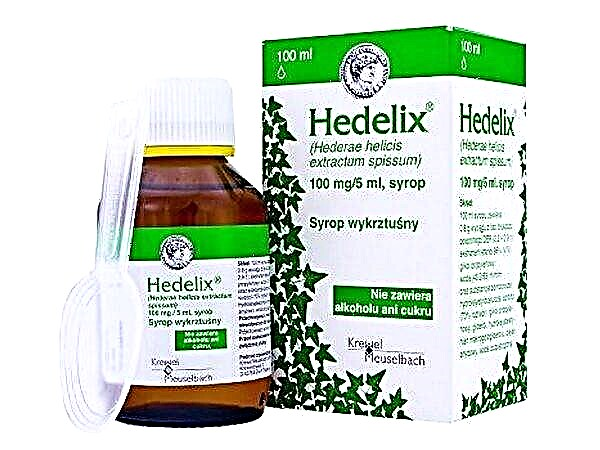
In the season of berries and fruits, you really want to treat your baby to a healthy treat, for example, a juicy cherry. But is it possible to give it at the age of up to a year, how can its fruits be dangerous and how to properly introduce the crumbs to cherries?
Benefit
- Replenishes the diet with carotene, folic acid, tocopherol, vitamins C, B1, PP and B2.
- The pulp of this berry is rich in micro- and macroelements, including a lot of zinc, copper, manganese, molybdenum, fluorine, iodine, iron, potassium and cobalt.
- Due to the presence of pectin substances, the use of such a berry promotes the elimination of nitrogenous compounds and other harmful substances.
- It contains many organic acids important for the functioning of the child's body.
- There is the ability to strengthen the myocardium and positively affect the capillaries and blood composition, reducing the risk of thrombosis.
- Cherries are known as a natural antibiotic.
- Although it is red in color, it rarely causes an allergic reaction.

Minuses
- Not recommended for gastroenteritis, peptic ulcer disease or loose stools.
- This berry should not be consumed with diabetes.
- Excessive consumption negatively affects the enamel of the teeth.
- There are dangerous substances in the seeds, so parents need to give their babies seedless berries.
How to properly introduce fruits, fruit purees and juices into the baby's complementary foods - see the video.
At what age can you introduce into complementary foods?
Fresh cherries are advised to be given to babies over a year old, and juice from this berry can be added to the child's menu from 10 months.
How to give?
First, the child is introduced to cherries in the form of juice, adding it to the juices of already tasted fruits and berries.
A one-year-old baby is offered fresh fruits. They are thoroughly washed and divided into halves. If desired, the cherries can be scalded and skinned.
Children over 1.5-2 years old are also given it as part of various dishes - pies, salads, dumplings, muffins, cocktails and others.

How to enter into the diet?
The first serving of cherries that a child tries should be tiny, for example, half of one berry. It is given for breakfast and until the end of the day they are watching to see if there are any signs of intolerance.
If the baby is feeling well, its amount in the daily menu can be gradually increased to 40-50 grams, and for children over three years old - up to 100-150 grams.
Tips for choosing
When buying berries from the market, take an undeformed and dry cherry for your child that is free of mold or stains. It must be ripe because it does not ripen after harvest. It is best to buy cherries with stalks.
If you want to purchase frozen food, make sure the inside of the bag is crumbly. If you find berries in a bag that have stuck together into one lump, do not buy them, as they are re-frozen.

What happens if a child swallows a bone?
The danger of cherry pits lies in the content of substances that can cause poisoning, so it is best to give children peeled berries. In this case, only a large number of bones are dangerous, which can also cause obstruction or constipation.
If the baby has swallowed one or two bones, there should be no problems. They will soon leave his body with feces.
What to do if you have an allergy?
In the event of a rash, itching and other manifestations of an allergic reaction, cherries are excluded from the children's diet for at least 1-2 months. If the repeated test also ended with an allergy, the introduction to the child's menu is postponed until the age of 3 years or older.

Find out if your child's weight is normal using the following calculator.



